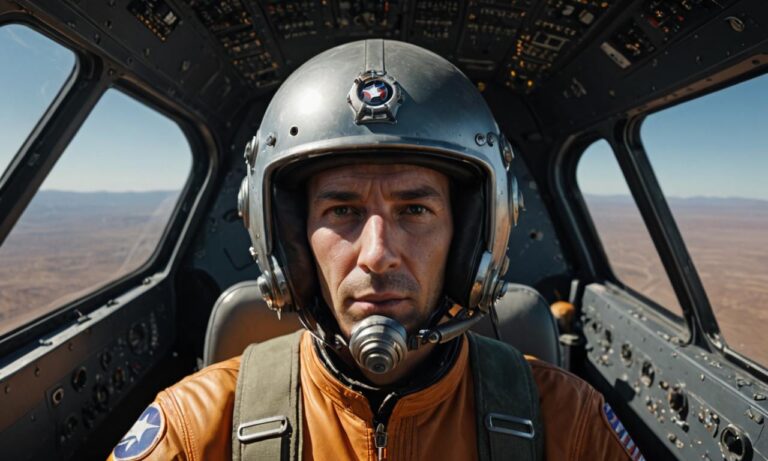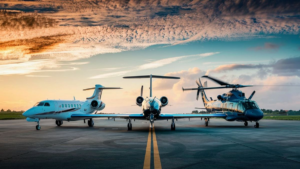Breaking the sound barrier marked a significant milestone in aviation history, symbolizing humanity’s conquest of the skies at unprecedented speeds. Let’s delve into the pioneering aircraft that achieved this remarkable feat.
Chuck Yeager and the Bell X-1
Legendary pilot Chuck Yeager etched his name in history on October 14, 1947, by piloting the Bell X-1 rocket-powered aircraft to break the sound barrier. This experimental aircraft, designed by the Bell Aircraft Corporation, was propelled by a four-chambered XLR-11 rocket engine, propelling Yeager beyond Mach 1, the speed of sound.
The Sound Barrier Shattered
As Yeager soared to an altitude of 45,000 feet above California’s Mojave Desert, he achieved a speed of approximately 700 miles per hour, marking the momentous breach of the sound barrier. This breakthrough not only defied conventional wisdom but also paved the way for supersonic flight and aerospace advancements.
Technological Innovations
The Bell X-1’s success was a result of cutting-edge engineering and relentless innovation. Its sleek, bullet-shaped design minimized drag, while the powerful rocket engine provided the thrust needed to overcome aerodynamic challenges at transonic speeds.
Impact on Aviation
The achievement of breaking the sound barrier revolutionized aviation, opening doors to faster and more efficient air travel. It spurred the development of supersonic jets, such as the iconic Concorde, and laid the foundation for modern military aircraft capable of reaching hypersonic velocities.
Legacy and Inspiration
Chuck Yeager’s daring flight in the Bell X-1 remains a testament to human ingenuity and courage. His pioneering spirit continues to inspire aviators and engineers worldwide, reminding us of the boundless possibilities awaiting those who dare to push the limits of what is possible.
Continued Exploration
Since that historic day in 1947, aerospace technology has evolved exponentially, with advancements in materials, propulsion systems, and aerodynamics. Today, we continue to push the boundaries of speed and altitude, fueled by the relentless pursuit of innovation and exploration.
The first aircraft to break the sound barrier, the Bell X-1, propelled humanity into a new era of aviation, transforming the way we travel and explore the skies. Chuck Yeager’s daring flight will forever be remembered as a pivotal moment in history, inspiring future generations to reach for the stars.
Frequently Asked Questions
Here are some common questions regarding the first aircraft to break the sound barrier:
| Question | Answer |
|---|---|
| What was the speed of sound when the Bell X-1 broke the sound barrier? | The speed of sound at the altitude where Chuck Yeager broke the sound barrier was approximately 700 miles per hour. |
| How did Chuck Yeager’s flight impact aviation? | Chuck Yeager’s flight in the Bell X-1 revolutionized aviation by opening doors to faster air travel and paving the way for supersonic and hypersonic aircraft development. |
| What was the significance of breaking the sound barrier? | Breaking the sound barrier symbolized a significant milestone in aviation history, demonstrating humanity’s ability to achieve unprecedented speeds and paving the way for future aerospace advancements. |
Advancements in Aerospace Technology
Following the success of the Bell X-1, aerospace technology has seen remarkable advancements, particularly in materials, propulsion systems, and aerodynamics. These innovations have not only led to faster and more efficient aircraft but also contributed to space exploration endeavors.
See also:






